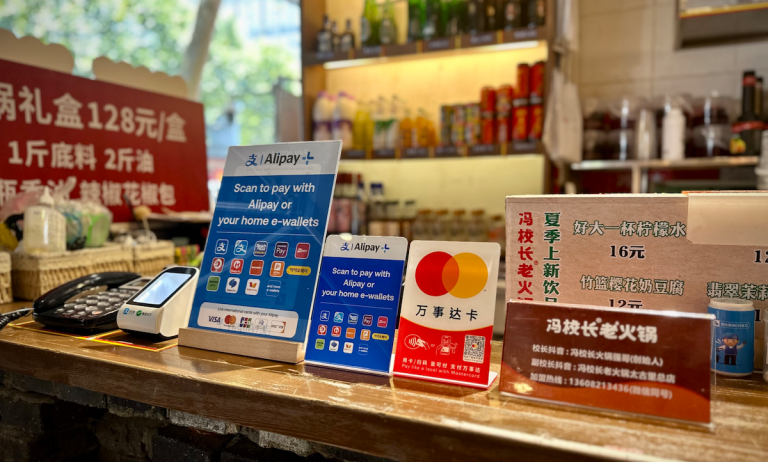
Mastercard is expanding its travel payments partnership with China’s Ant Group.
The companies announced Wednesday (July 3) that they — along with 12 overseas payment partners of Ant Group’s Alipay+ and other major international card organizations — have extended the International Consumer Friendly Zones program to the major western Chinese cities of Chengdu and Chongqing.
The extension, the companies say, is being driven by a rise in inbound travel to the two cities —connected by a roughly hour-long train ride — fueled by international tourism and trade.
“Chengdu and Chongqing have become prominent attractions for international visitors. Both cities secured spots among the top ten inbound tourism destinations in the first quarter of 2024,” the companies said in a news release.
“With the support of local government departments, the International Consumer Friendly Zones program will be rolled out to a total of over 60 primary shopping areas, renowned tourist attractions as well as the international airports and high-speed railway stations in the two cities.”
Participating merchants will enhance payment signage visibility to inform customers about the range of digital payment methods supported by Ant Group and its partners, the release said.
Alipay introduced the Consumer Friendly Zone program in April, designed to make mobile payments more convenient for international visitors by refining these services at destinations most frequented by travelers, such as key transportation hubs, tourist attractions, hotels and shopping districts.
Mastercard also recently announced another new connection with Alipay, which allows bank, FinTech and corporate clients to give customers a connection to an e-wallet with more than 1 billion users.
Soon after that partnership launched, Alan Marquard, head of transfer solutions at Mastercard, told PYMNTS that remittances are set for continued transformation — to digital channels, and to digital wallets, which make for faster, cheaper and more convenient international fund flows.
He added that while sending funds across borders isn’t new, the shift to digitized ways of paying were intensified by the pandemic.
“At the end of the day, payment needs drive payment types,” said Marquard, adding that “digitized experiences like this tend to offer better value for money than multichain or multiplayer chains of payments where a number of people are taking a slice along the way.”